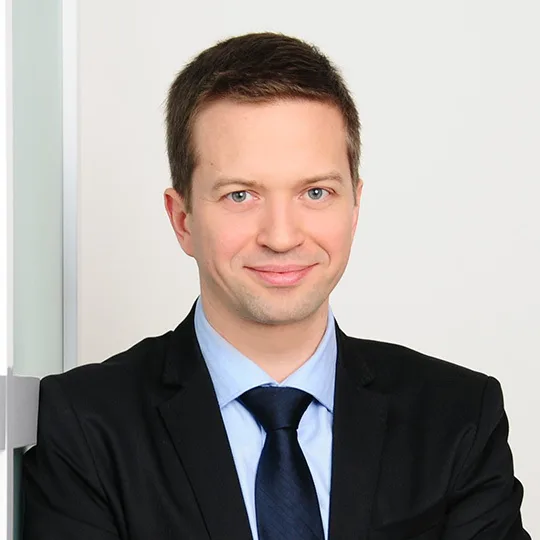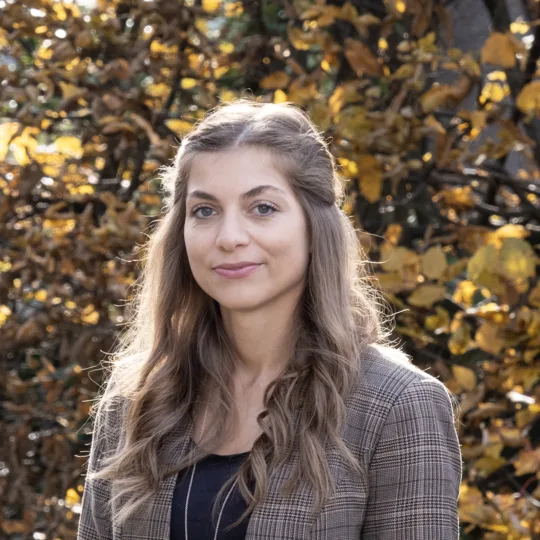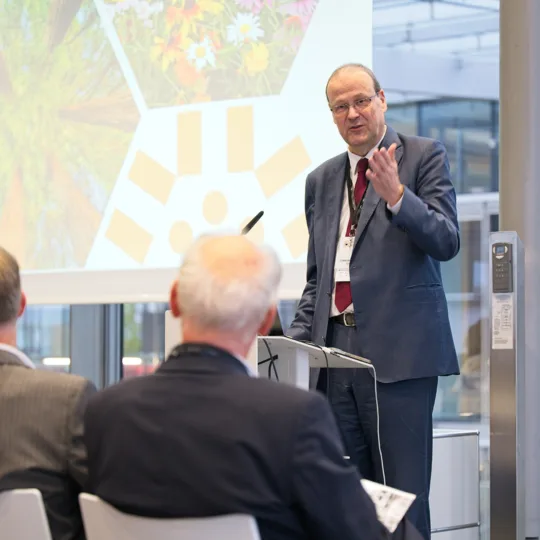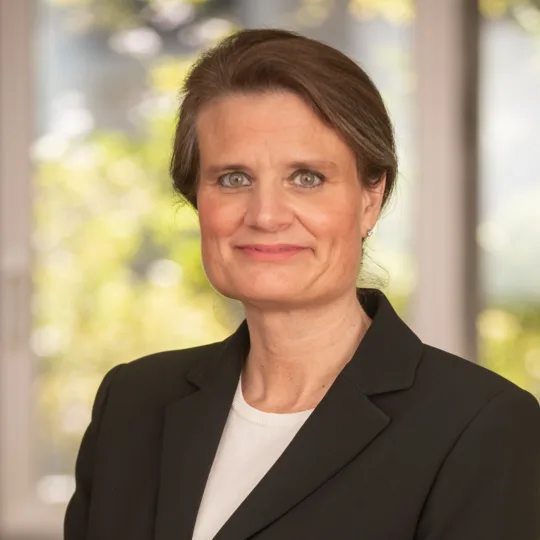Switzerland strengthens its position in international research infrastructures
International research infrastructures generate significant scientific momentum that Swiss researchers can tap into and shape. Accordingly, the Federal Council decided in the spring of 2025 to join four additional infrastructures.

With its new membership in four international research infrastructures, established under the legal form of European Research Infrastructure Consortium (ERIC), Switzerland secures long-term access to leading facilities in environmental, social and linguistic sciences as well as astroparticle physics. This decision underscores Switzerland’s commitment to international research cooperation and strengthens its role in the international research infrastructure landscape.
The new ERIC memberships focus on different areas of research:
- ACTRIS ERIC (Aerosol, Clouds and Trace Gases Research Infrastructure) examines atmospheric processes and their influence on the climate und air quality.
- CLARIN ERIC (Common Language Resources and Technology Infrastructure) provides access to a broad range of language data and tools to support research in the humanities and social sciences.
- ESS ERIC (European Social Survey) compiles comparable data on the attitudes, beliefs and behaviour patterns of people in Europe.
- CTAO ERIC (Cherenkov Telescope Array Observatory) oversees a large-scale infrastructure project to build a detector of high-energy gamma-rays from space.
Strategic governance role through membership
Currently a member of eleven ERICs, Switzerland continues to expand its research infrastructure footprint. The national research institutions involved benefit from greater visibility, improved networking opportunities and simplified participation in international research projects.
In addition, Switzerland gains full voting rights in the general assemblies – the highest decision-making bodies of ERICs – and can play an active role in the strategic governance of these consortia.
Path to membership
Switzerland undergoes a multi-step process to join an ERIC: First, the relevant research infrastructures must be designated as priorities in the Swiss Roadmap for Research Infrastructures. This designation is a prerequisite for requesting funding through the Federal Council Dispatch on the Promotion of Education, Research and Innovation (ERI Dispatch).
Acting under a mandate from the Federal Department of Economic Affairs, Education and Research (EAER), the State Secretarait for Education, Research and Innovation (SERI) subsequently ascertains whether the key grounds for membership have been met. The most important criteria are whether the Swiss national research community is well-equipped to pursue research within the ERIC and whether the main research institutions will be involved.
The final decision on membership rests with the Federal Council, after which Switzerland may submit an official application to join the ERIC. Admission is granted by decision of the ERIC’s member states. In the case of the four new memberships, Switzerland was unanimously accepted.
ACTRIS Portrait
ACTRIS is a pan-European research infrastructure dedicated to the study of aerosols, clouds and trace gases – key components in understanding climate, air quality and human health. Through a network of observational platforms and laboratories across Europe, ACTRIS provides high-quality data to advance knowledge of atmospheric processes and support environmental policymaking.
In Switzerland, ACTRIS brings together major institutions such as the Paul Scherrer Institute (PSI), the Swiss Federal Laboratories for Materials Science and Technology (Empa), MeteoSwiss, ETH Zurich and the University of Bern. Observational platforms at Jungfraujoch, Payerne and Beromünster as well as calibration and simulation laboratories, thus enabling atmospheric processes to be studied in a wide range of different contexts, from controlled laboratory conditions to high-altitude alpine sites.
CLARIN Portrait
CLARIN provides simple and reliable access to a wide range of language data and tools that allow datasets to be studied, analysed or combined, in particular to facilitate research in the humanities and social sciences.
Switzerland’s participation is coordinated through the CLARIN-CH consortium, which is hosted at the University of Zurich. CLARIN-CH brings together leading academic institutions – including the University of Basel, the University of Bern, the University of Geneva, the University of Fribourg, the University of Lausanne, the University of Neuchâtel, the Università della Svizzera italiana (USI) and the Zürcher Hochschule für angewandte Wissenschaften (ZHAW) – as well as national infrastructures such as the Linguistic Research Infrastructure (LiRI) and the Language Repository of Switzerland (LaRS), which draw their data from the national repository SWISSUbase.
CTAO Portrait
Established as a European Research Infrastructure Consortium (ERIC) in January 2025, the Cherenkov Telescope Array Observatory (CTAO) aims to explore gamma rays from space with unprecedented precision. Once it becomes operational, the observatory will deploy around sixty telescopes across two sites: the island of La Palma (Spain) and the Atacama Desert (Chile). The approximately twelve petabytes of data expected to be generated annually will be processed in Zeuthen (Germany). The organisation’s headquarters are located in Bologna (Italy) and one of its four decentralised data processing centres will be hosted by the Swiss National Supercomputing Centre (CSCS) in Lugano.
Switzerland will contribute EUR 7.7 million to the construction of the observatory, which is expected to be completed by 2030. This investment will enhance Switzerland’s position in gamma-ray astronomy, astroparticle physics and multi-messenger astronomy, while also consolidating national expertise in data science.
ESS Portrait
Since 2001, the European Social Survey (ESS) has regularly collected cross-national data about attitudes, beliefs and behaviour patterns of diverse populations in over 30 European countries. The data are freely available and provide academics, policymakers and civil society with reliable information for research and policymaking.
Switzerland is represented by the national coordination team at the Swiss Centre of Expertise in the Social Sciences (FORS). This enables analysis of societal developments in Switzerland in a European context, raises the international profile of Swiss social research and facilitates the country’s integration into an established research network.
What does ERIC stand for?
ERIC stands for European Research Infrastructure Consortium – a legal form created by the EU in 2009 to facilitate the establishment and operation of research infrastructures of European interest. ERICs pool national resources, create synergies and enable countries like Switzerland to contribute their scientific strengths to international research infrastructures.
Contact
Authors

Lea Bühlmann
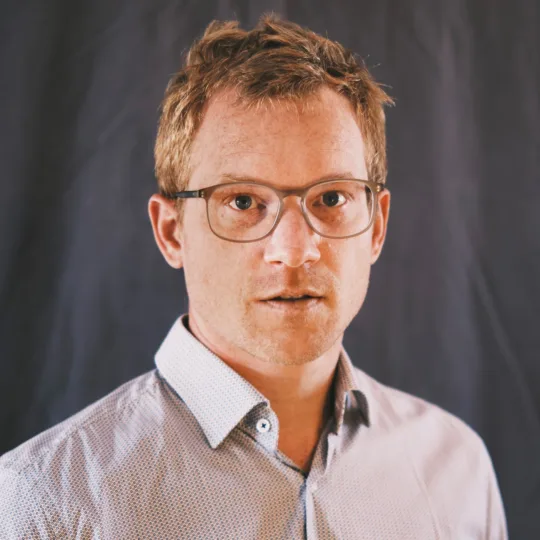
Maarten Lupker
